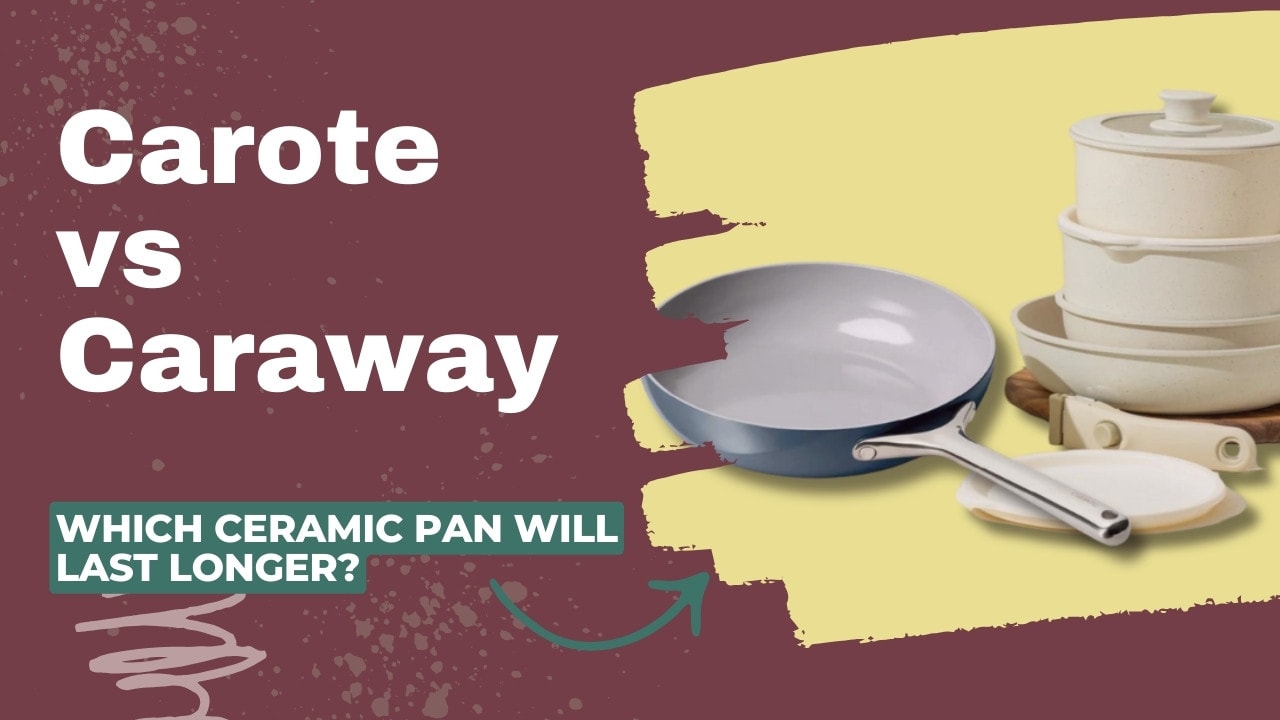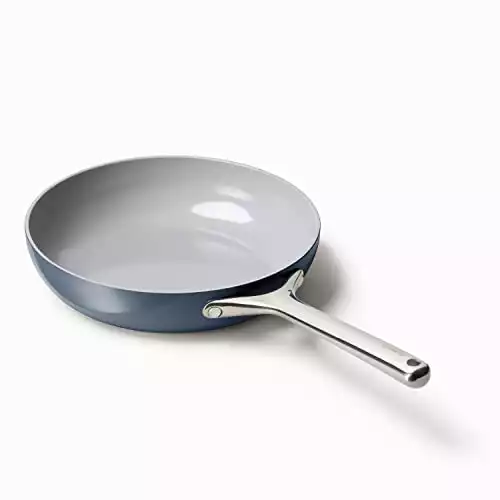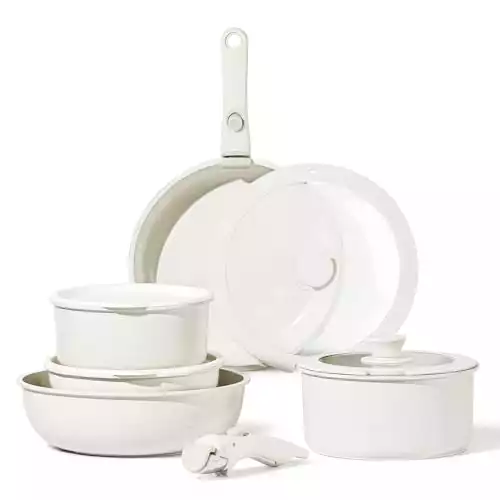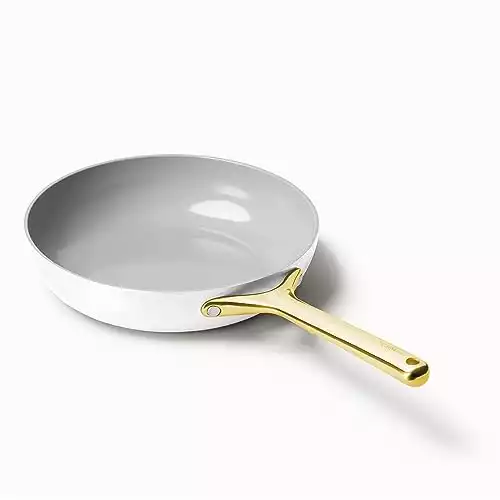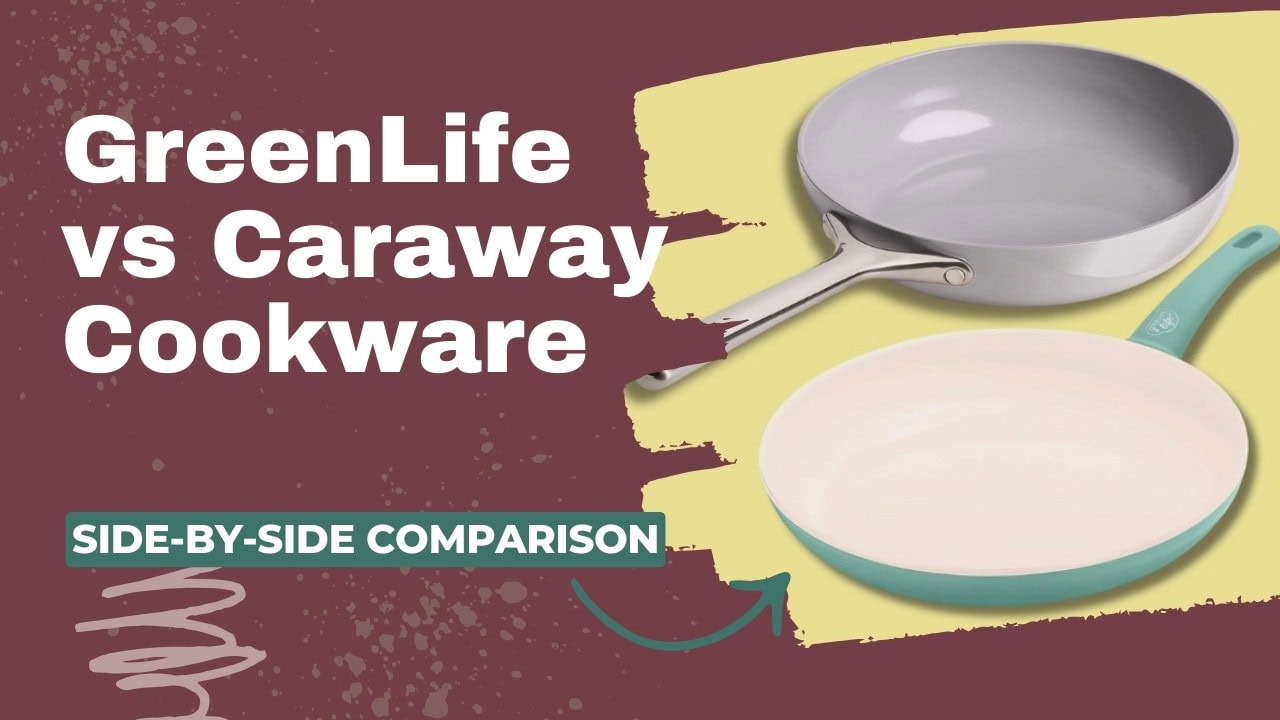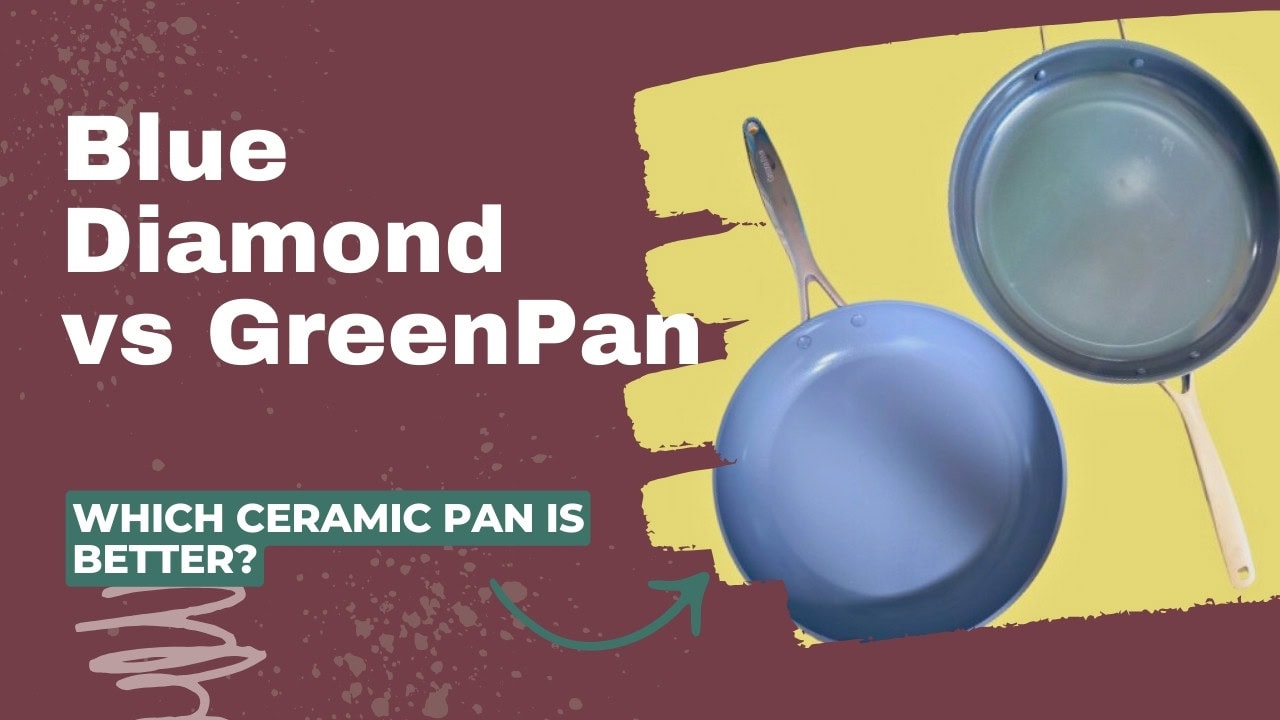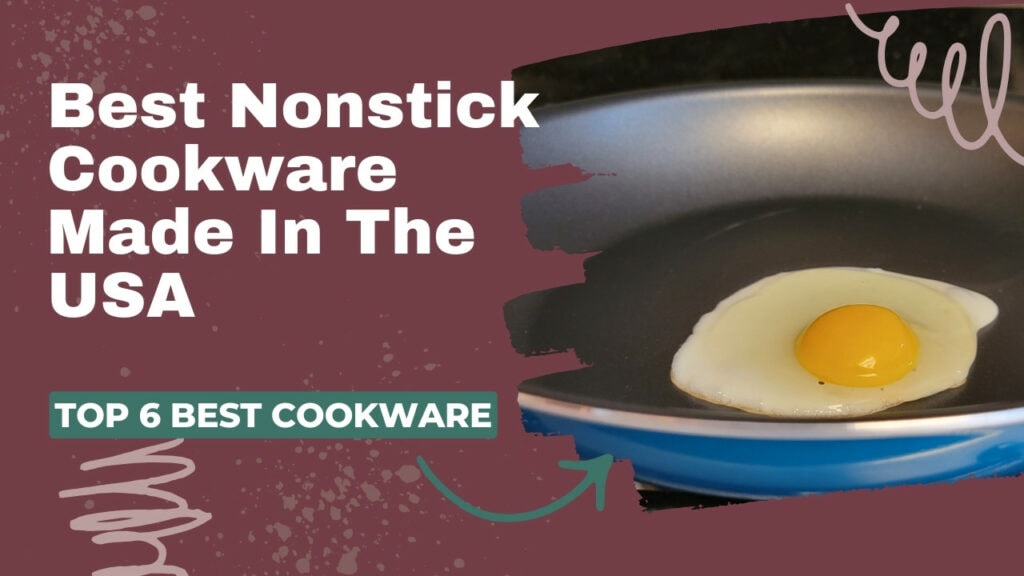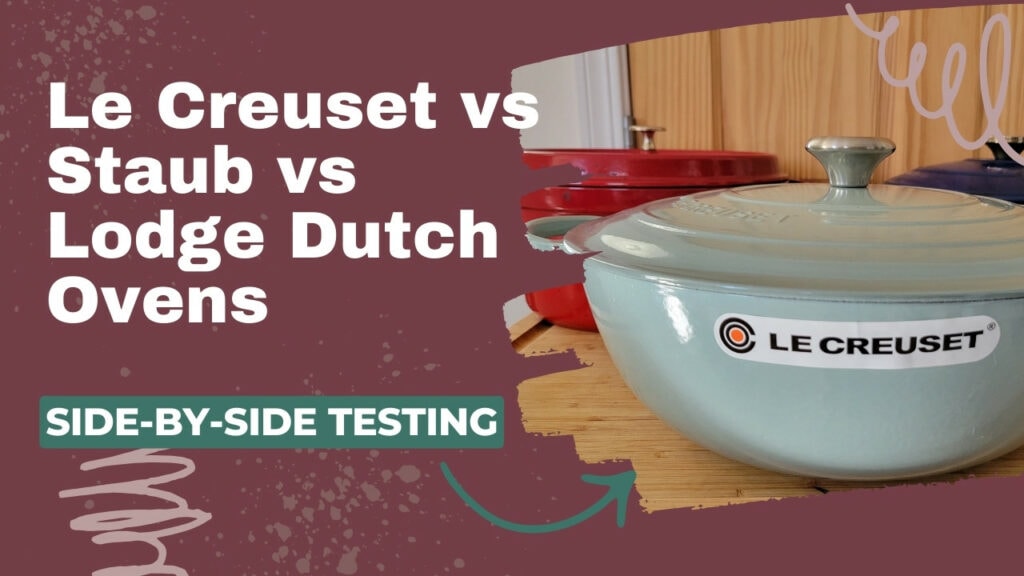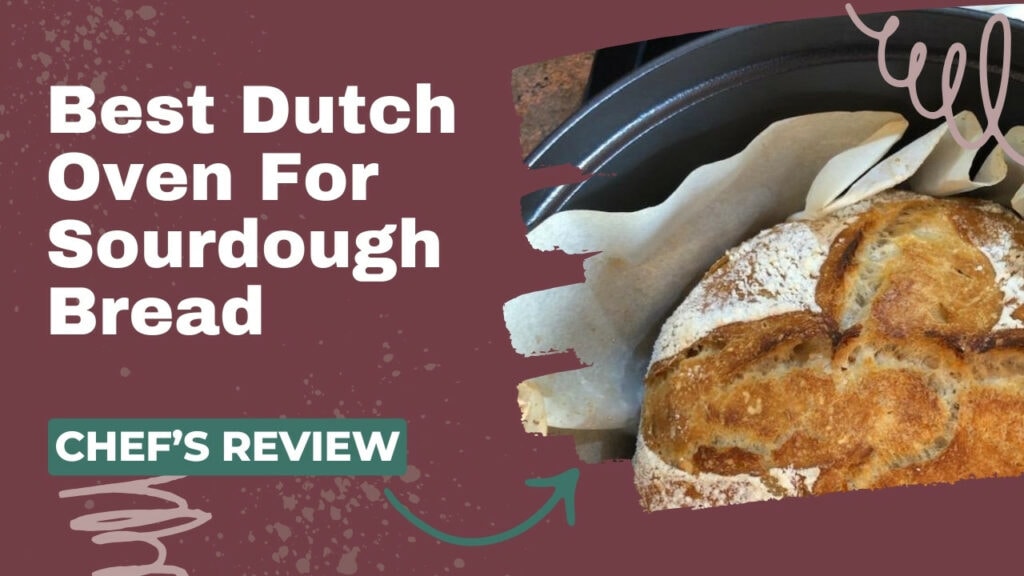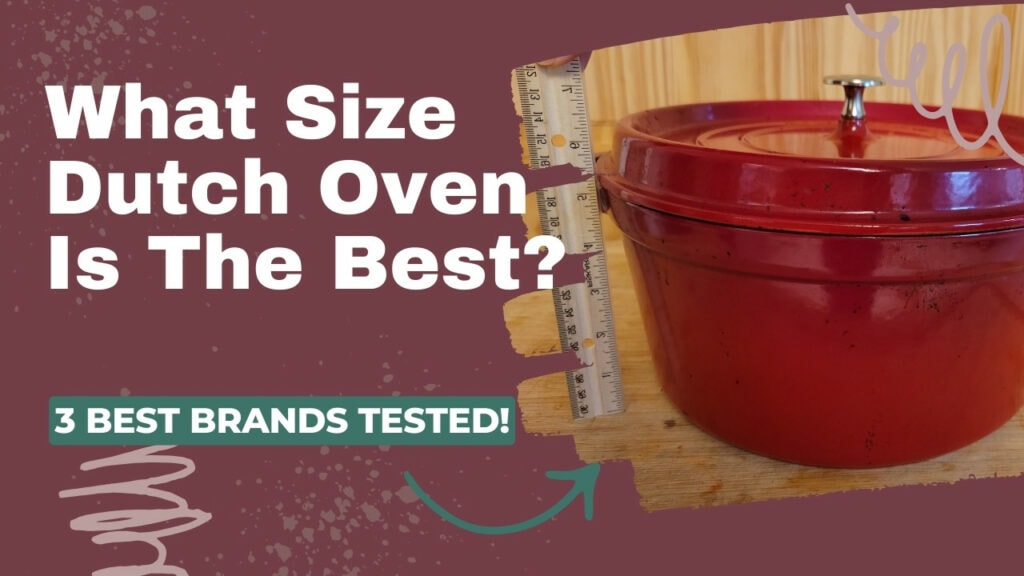Carote and Caraway are two cookware brands known exclusively for their ceramic-coated pans.
Caraway is better-known and more expensive. And Caraway will hold up better to everyday cooking needs. But both brands are among my favorites that I’ve tested.
Similarities and Differences Between Caraway and Carote Cookware
Caraway
Our rating:
78/100
Core material:
4mm aluminum
Coating:
Proprietary ceramic
Weight of 10” Fry Pan:
2.8 pounds
Cooking Surface
Diameter:
8”
Handle:
Stainless steel
Oven Safe?
550°F (287°C)
Dishwasher?
Not recommended
Origin:
China 🇨🇳
Carote
Our rating:
75/100
Core material:
Cast aluminum
Coating:
ILAG “granite” ceramic
Weight of 10” Fry Pan:
1.81 pounds
Cooking Surface
Diameter:
8.27”
Handle:
Removable bakelite
Oven Safe?
480°F (249°C)
Dishwasher?
Not recommended
Origin:
China 🇨🇳 / Vietnam 🇻🇳
The Winner: Caraway 10.5” fry pan
Pros
Cons
The Runner Up: Carote “White Granite” cookware set
CAROTE is a lightweight and affordable set of ceramic nonstick pots and pans. These stackable pots and pans have removable handles and are excellent space-savers. CAROTE is only to be used at medium or lower heat, but cooks evenly and looks great doing it.
Pros
Cons
Why is Caraway Better than Carote?
Caraway pans are deep and can hold a lot of food. They are heavier-built than competitors like GreenPan, and handle more like a professional piece of cookware than a cheap supermarket purchase. Caraway’s cooking performance and build quality made it stand out over Carote in my tests.
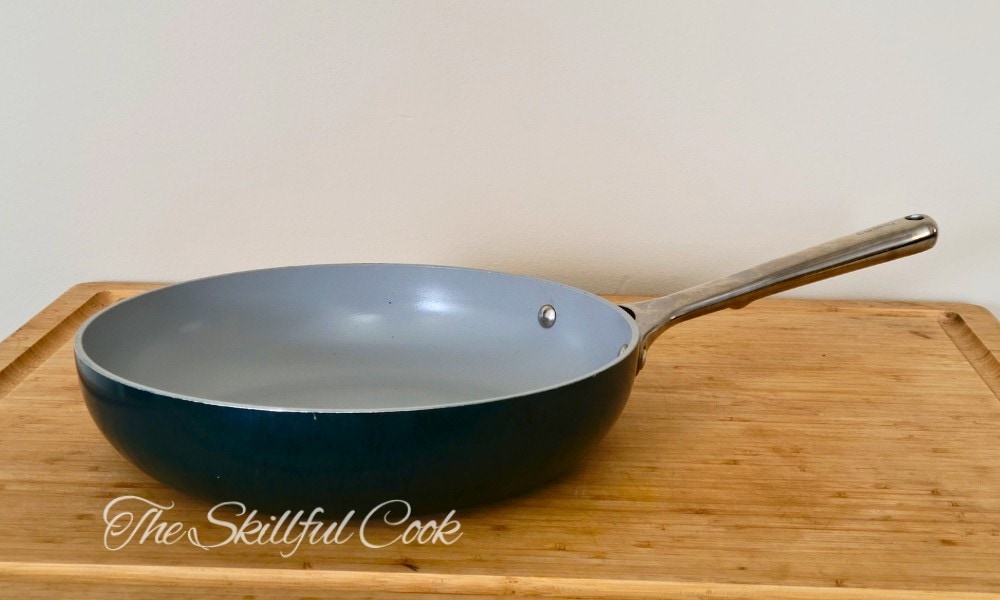
But I wouldn’t say that Caraway is across-the-board better than Carote; the lesser-known brand has some great features. It depends on what you’re looking for.
Carote’s removable handles make these pans easy to stack and store. The pan bodies are made of cast aluminum, whereas most aluminum pans are spun or stamped. This makes them thicker and able to heat up on a lower stove setting than competitors. Carote uses a Swiss coating made by ILAG that is well-respected and used by several ceramic cookware brands.
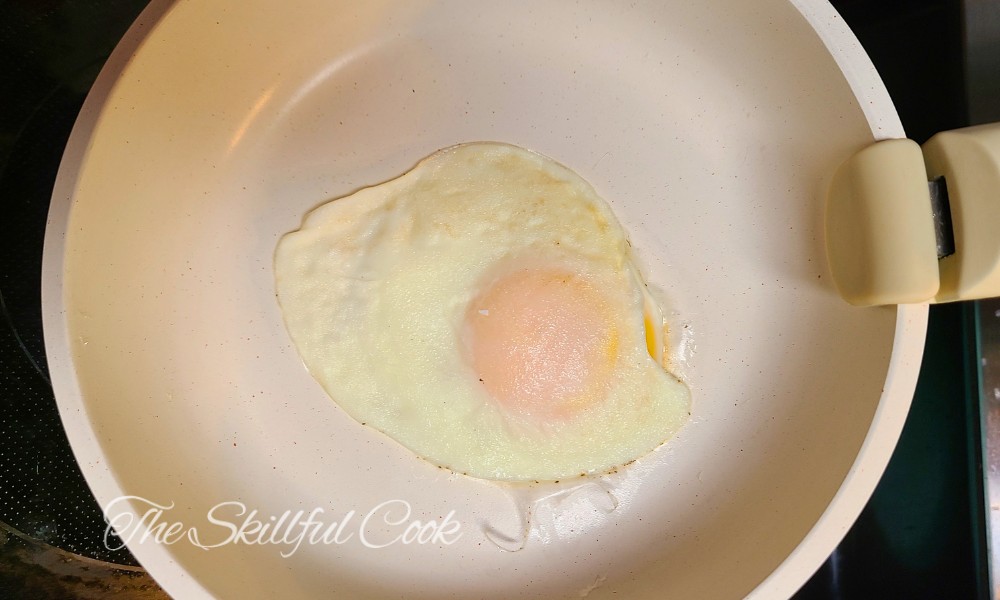
For this review, I tested the Caraway 10.5” fry pan in Navy and the Carote “White Granite” cookware set. Here are some of the most important things I learned about these pans as I used them. Check out my full Carote Cookware review here and Caraway cookware review here.
Cooking Performance
Both the Carote and Caraway pans have thick aluminum bases with stainless steel induction plates on the bottom. They took approximately the same amount of time to bring two cups of water to a boil, and both heated very evenly, as measured by an infrared thermometer. As I continued to boil water in these pans, I started to notice hotter spots around the middle of the pans. But they both distributed the heat evenly enough to protect the pans from burning in the center.
The Carote pans performed better on lower heat; I had to increase the heat to get the performance I wanted from the Caraway pan. Carote pans also released fried eggs without oil better than Caraway. Both could handle pancakes without oil.
The Caraway coating is slightly textured, set with visible sparkly minerals. The texture of the coating reminded me of GreenPan Valencia; it will last longer and perform better if you use it with just a bit of oil – but it can handle higher heat jobs like cooking meat. Caraway produced a much better sear on chicken than the Carote pan did.
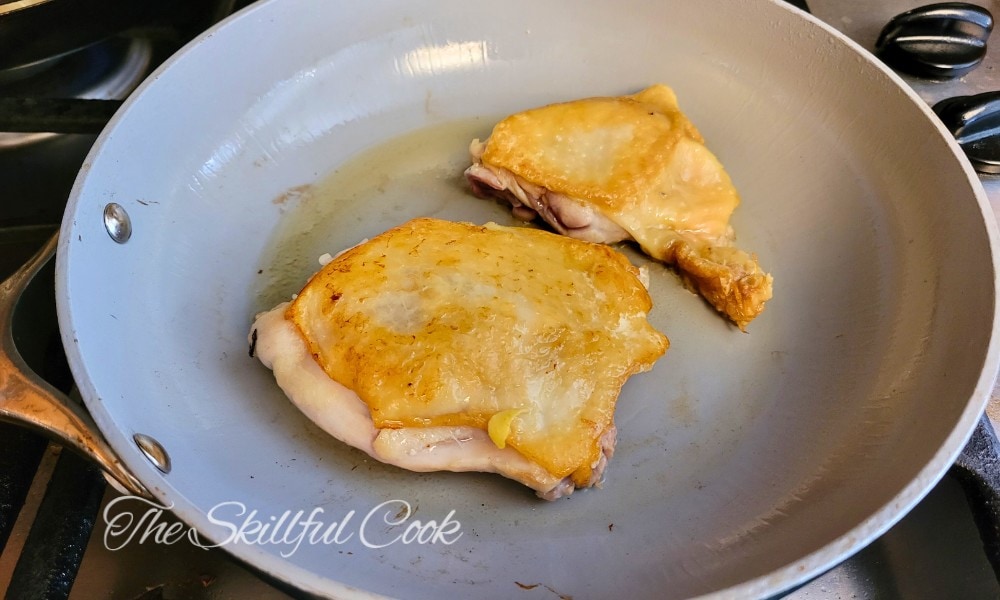
The extremely smooth coating on the Carote pan made eggs slide more easily – but also just steamed chicken instead of crisping it. In short, both pans would have a place in my kitchen, but they’d fill different roles.
Build Quality
Caraway pans are extremely well-made. The heavy-duty rounded handle is attached with two rivets. The pan sits solidly on the stovetop without any wobbling, and I couldn’t see this thing warping either. I’ve handled Caraway pans that are 2-3 years old and the construction itself holds up very well. (The ceramic coating gives out by then, though.)
Carote pans are lightweight without feeling cheap. But they don’t have the “umph” that the Caraway pans do. The attachment mechanism of the handle scratched the pan coating after I had used it just a few times. So, I think these pans are best suited for lighter-duty jobs.
Design and Comfort
Both of these brands are instantly attractive. Caraway pans make a splash with bright colors like rosy “Perecotta” and marigold yellow. Carote pans are more neutral and clean-looking. The “granite” part of Carote’s White Granite cookware name refers to the speckled appearance of the ceramic coating; it’s not actually made with granite stone.
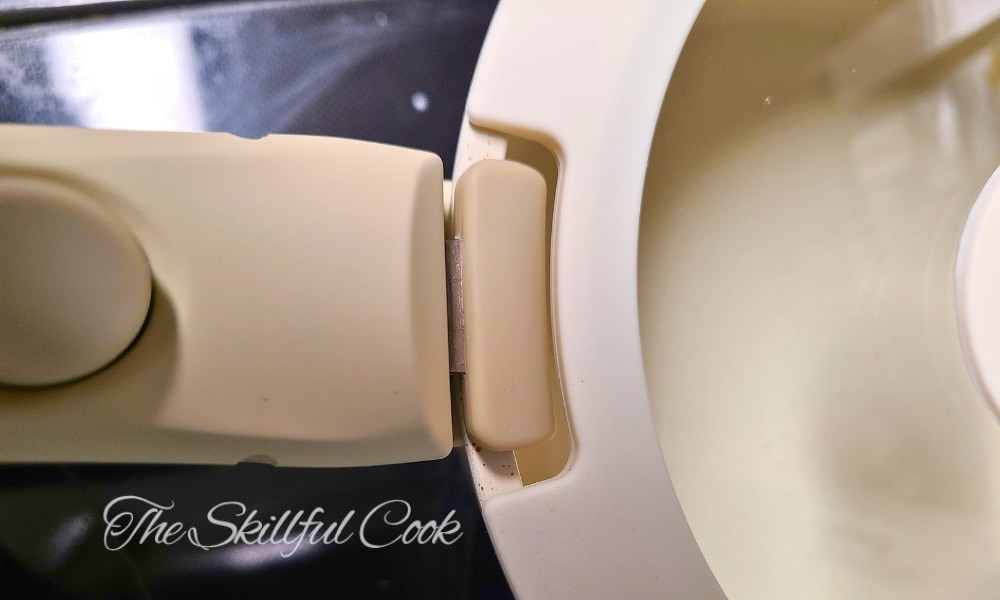
The soft grip handles and convenience of detaching them help Carote take all the points for comfortable use. The stainless steel Caraway handle got hot on my gas stove, but not on an electric burner.
Versatility
With gently sloped sides that are 2.5” high, Caraway pans are deeper and more bowl-shaped than most fry pans. This means they can hold more food; I could see boiling pasta in this pan, adding sauce, and baking it with cheese for a one-pot meal. Caraway pans are not technically broiler-safe, but they can be used in the oven on a “bake” setting up to 550°F.

Carote pans are also relatively deep and have a slightly broader cooking surface than Caraway pans of the same rim diameter. The pans themselves are oven-safe to 480°F – but the plastic/silicone handles must not be heated above 350°F or they can release nasty fumes.
Both of these brands can be used on induction cooktops, although Reddit users report poor performance from Caraway on induction. This doesn’t surprise me, given the thickness of Caraway pans.
Ease of Use and Maintenance
Since both Carote and Caraway pans are coated in delicate ceramic, they’ll last much longer if you avoid the dishwasher. Stuck eggs came off both pans surprisingly easily with warm water and a soft cloth.
However, when I cooked chili in the Carote pan, it stained the lovely white coating – and plain soap wasn’t enough to get the oily pink color off.
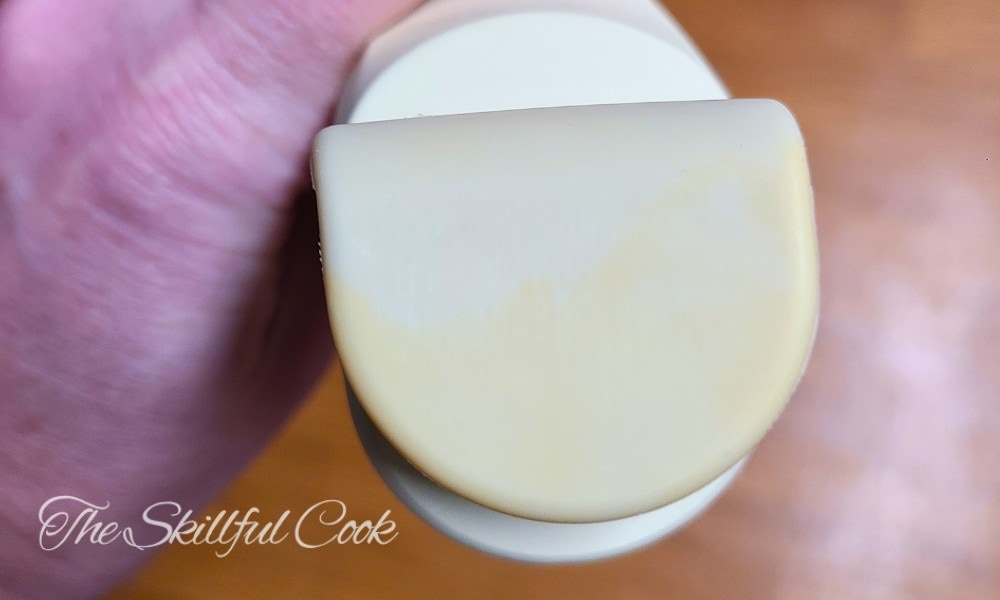
When cooking, the Caraway pan ran hotter than the Carote pan and collected more polymerized (browned, gooey, stuck oil) on both the inside and the outside of the pan. This is a common problem with ceramic-coated pans, but Caraway seems especially prone to it, since you don’t get the results you want in this pan unless you bump the heat up a notch.
Longevity and Warranty
Both Carote and Caraway offer 1-year warranties – which is not impressive even in the world of cookware. That said, both companies also offer 30-day return policies, with few or no questions asked. It looks like Carote may be a bit more lenient on its return policy than Caraway. You may have to pay for return shipping yourself.
I have friends who use Caraway pans exclusively. They replace them every two years. After two years, the coating is still easy to wash and doesn’t have burnt spots, but it does show some scratches and can’t be used without oil.
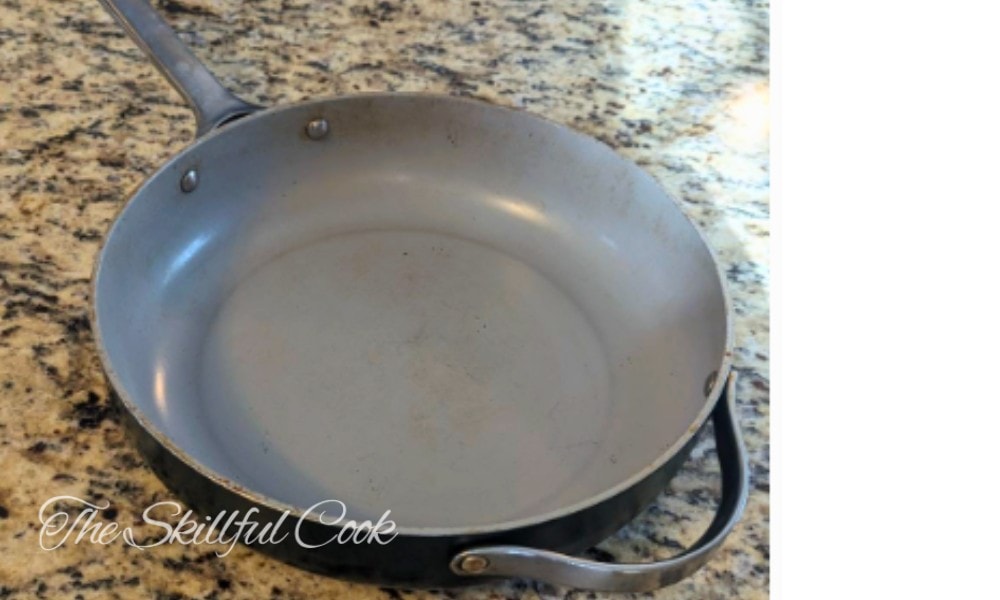
Since Carote started to scratch in the first week that I used it (thanks to the handle attachment), I wouldn’t expect to get more than a year or two of use out of this set.
Any ceramic pan will degrade much faster if you use it on high heat, use metal utensils on it, or put it in the dishwasher.
Price and Availability
Carote cookware is carried by major online retailers like Amazon, Wayfair, and Walmart. But it’s not available at local home goods stores. Still, it’s easy to find as long as you’re willing to order sight-unseen.
The other drawback to Carote is these pans are sold most often as a set. It can be difficult to find individual Carote pots and pans for sale. This kinda makes sense; you can make the most of the stackable design and interchangeable handles if you get the whole set. But it can be inconvenient if you just want one pan.
Carote pans are much more affordable than Caraway, though. You can buy an 11-piece set of Carote pots and pans for less than a single Caraway fry pan! Caraway pans are sold through Amazon, Target, Macy’s, Williams Sonoma, and the manufacturer’s website.
Health and Safety
Like most other ceramic cookware brands, Caraway has built its marketing on “safe nonstick” claims. From my research, its claim to be “non-toxic cookware” is most likely true, if overstated and over-simplified. But it’s not necessarily safer than other brands of ceramic nonstick.
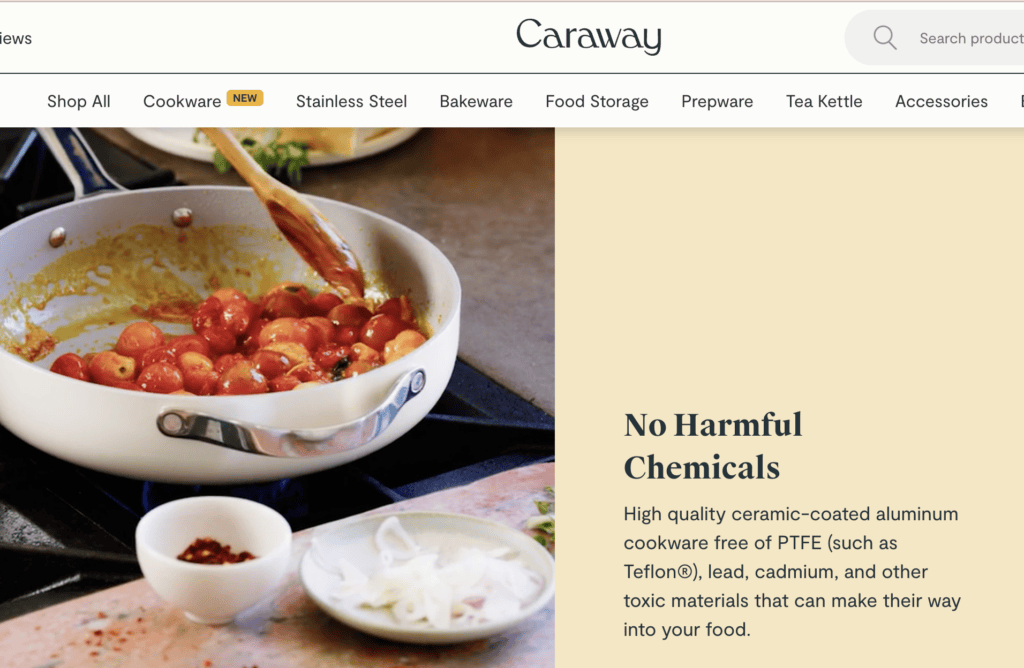
We don’t know exactly what ingredients go into Caraway or Carote’s nonstick ceramic coating. We know it’s a “sol-gel” coating – a silica-based product with binders and adhesives sprayed onto a metal pan base. We know that it’s free of “forever chemicals” (PTFE, PFAS, PFOA) and made without lead or cadmium, unlike many traditional ceramics.
Check out our deep dive on the safety of ceramic nonstick cookware for more information.
Both Carote and Caraway coatings are tested for lead, cadmium, and other concerning elements by SGS. But Caraway’s test results are made public, which gives it an extra point in my book.
Also worth noting: Carote handles are made of silicone and a type of plastic called Bakelite, made with formaldehyde.
Company and Environmental Impact
By most reports, Caraway has good customer service, and it certainly has a dedicated fanbase. The company stays engaged with consumers through an active social media presence.
But as for environmental impact? Although Caraway claims its cookware is “better for the environment” because it doesn’t release PFAS, the company only offers a 1-year warranty. This means it won’t be long before Caraway cookware shows up in a landfill, because, unfortunately, there aren’t a lot of recycling opportunities for nonstick pans.
We’re faced with the same situation with Carote pans; they are mass-produced and don’t last very long. We also don’t have much information about the Carote brand and whether or not it uses responsible manufacturing standards. Carote is a Chinese company. Caraway is US-owned but outsources manufacturing to a facility in China.
Both companies claim that manufacturing ceramic (sol-gel) coatings produces less carbon dioxide than traditional nonstick (Teflon) coatings. But when you consider that the coating is a small percentage of the total material of a fry pan, it doesn’t make as much difference as it might sound. Ceramic pans certainly have a higher carbon footprint than cast iron pans, which can last for centuries!
Conclusion
So which is better - Caraway or Carote? Caraway pans are objectively better made, and will last slightly longer than Carote pans. But they’re not necessarily a better buy.
In my experience, Carote pans are better for cooking without oil and on electric stoves. Caraway is better for gas stoves because it needs slightly higher temperatures to cook effectively.
The Carote set has removable handles and stacks for storage. It’s lightweight and very affordable, so it would be great for an RV or a small second home.
In contrast, Caraway is one of the most expensive ceramic cookware brands out there – but it’s solidly built and is better suited to everyday use. It also comes in the most delightful and addicting colors.
Do you have other questions about Caraway vs Carote cookware that we didn’t answer? Let us know in the comments! We’d love to hear about your experience with these brands, too.

